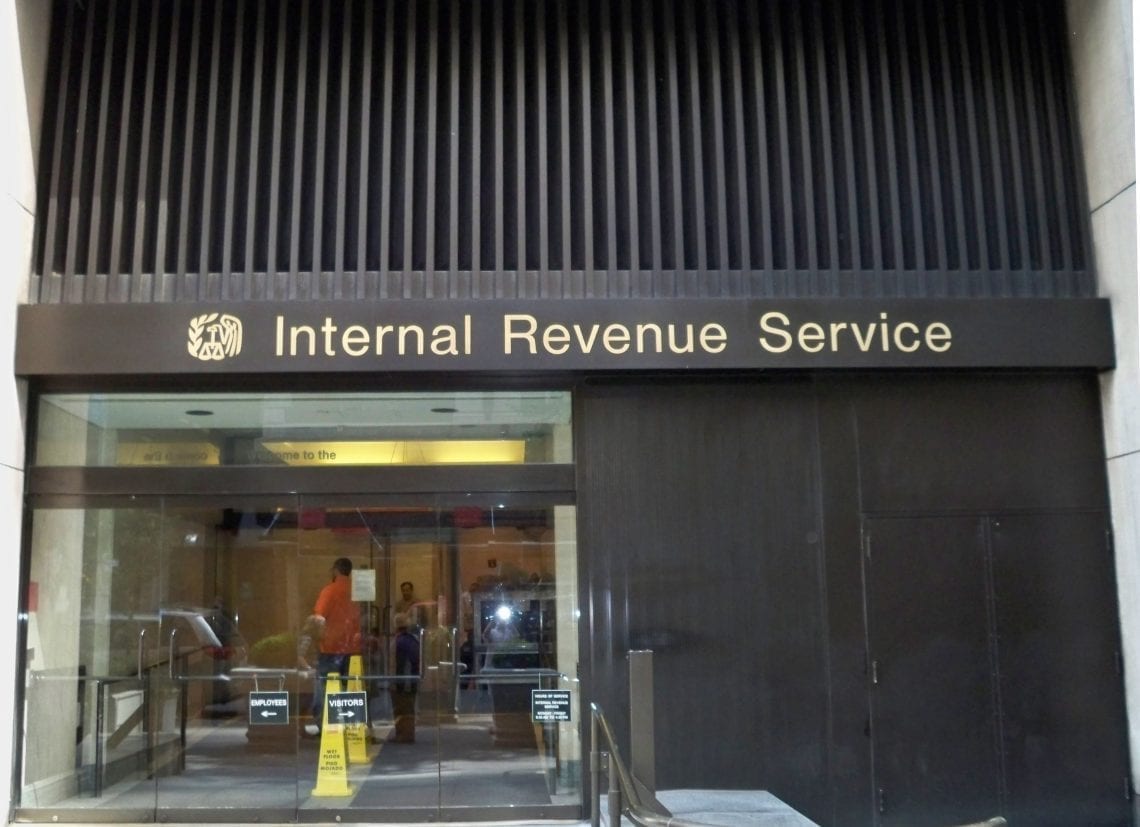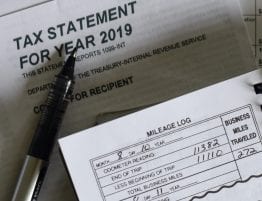
Tax reforms and the 35-day government shutdown multiplied problems for an already overburdened IRS. The agency had to deal with massive workload in preparing new tax forms and educating taxpayers with the tax changes post tax reforms. But that is only the tip of the iceberg.
The IRS has been struggling with tax scammers who bombard its systems with fraudulent tax returns every tax season. IRS’ old and inefficient fraud-detection system makes things worse. It flagged legitimate tax returns as fraudulent, which stopped tax refunds of thousands of taxpayers from reaching them in a timely manner.
The IRS is understaffed and has been complaining of lack of resources for a long time now. This has adversely impacted their services. Long wait times on phone calls and fewer audits are just some of the fallouts of the strain.
The already stressed IRS faced the government shutdown and now they are in the midst of the coronavirus turmoil. National Review shares how the IRS is now stretched to its breaking point.
“1. New tax forms. The Tax Cuts and Jobs Act (TCJA) contained more than 80 changes to the tax code, many of them substantial. Among the most challenging was the law’s mandate to create a ‘postcard-sized’ tax return, which necessitated the redesign of the three major personal-income-tax returns, Forms 1040, 1040A, and 1040EZ.
Along with creating a new tax return, the IRS had to design and create six new schedules to go with the new return. The reason is that the law’s mandate that the 1040 form be “postcard-sized” didn’t take into consideration all the supporting information that has to go with a tax return, such as Schedule A for itemized deductions, Schedule C for self-employed persons, etc. Those forms were not eliminated. So the redesign of Form 1040 actually created more steps in the return-preparation process than existed under the old design.
Nevertheless, the IRS had to churn out the new forms in time to get the design specs and coding to private tax-prep-software companies, and to reprogram its own computers to process the new forms, all well before the start of the 2018 filing season, which began on February 1, 2019.
2. Inefficient fraud-detection system. In 2018, the IRS’s fraud-detection system was overloaded with a record inventory of cases. This is the system of filters used when processing tax returns to determine whether there is apparent identity fraud in connection with a return. When a return is flagged, the system freezes the claimed tax refund until the legitimacy of the return is verified.
Unfortunately, the NTA’s annual report found that 81 percent of the returns flagged as potentially fraudulent by the system were in fact legitimate, and that high rate of ‘false positives’ overloaded IRS processing staff. To make matters worse, the part of the process that was supposed to recycle flagged returns back through the system as new wage data came in from employers and the Social Security Administration completely failed. This failure required ‘the IRS to manually upload wage data and manually process frozen returns through the system. It was not until late July 2018 that the IRS had waded through all the frozen refund returns and determined which were legitimate and which were not,’ according to the NTA report.
This left tens of thousands of angry citizens with legitimate returns falsely flagged by the system clamming for their refunds.
3. Old computer systems. At the core of the problem is the fact that the IRS, perhaps more so than any other government agency, is entirely dependent on its computers, due to the sheer number of people it touches and the volume of data it handles.
For the past 30 years or so, the IRS has been trying to replace its key legacy systems, known as the Individual Master File (IMF) and Business Master File (BMF) systems. These programs store business and individual account information on a year-by-year basis. They are reportedly the oldest centralized databases in the entire federal government.
In addition, the IRS has been working to integrate 60 separate case-management systems. At present, there is no single IRS computer system to allow employees to see at a glance where in the system a case is at any given time and who is responsible for it.”
The overburdened IRS then faced the 3-week shutdown. After the shutdown, the agency had to deal with millions of backlog of unreplied mails, unprocessed orders for forms, unresponded communications from taxpayers, and unusually long waits on phone calls —which impacted millions of taxpayers. National Review elaborates:
- “After the shutdown, there were 5 million pieces of mail that were not sorted or processed in any way, and thus not forwarded to their intended recipient within the IRS for action.
- Some 80,000 citizens under EITC audit responded to IRS requests for information to verify their entitlement to the credit. None of the 80,000 responses was addressed by the IRS, and none of the 80,000 people in question received their refunds in a timely manner.
- The IRS’s National Distribution Center (NDC) had 170,000 unprocessed orders for forms and data. The NDC handles both internal and external requests for forms and data needed by various individuals in the performance of their duties, both within the IRS and elsewhere. And while the NDC was processing 11,000 orders per day, orders for Forms W-2 & W-3 were not fulfilled until the middle of February 2019, even though the deadline for employers to file the forms is January 31. Thus, the IRS was unable to provide the forms needed by millions of employers to meet their tax-return-filing obligations.
- By the time the IRS fully reopened for business in late January 2019, its return-processing inventory was up over 100 percent from the same time the previous year. While the IRS brought back roughly 45 percent of its workforce about one week before the shutdown ended, the onslaught of annual return filings had already begun. It would take the IRS many months to dig out from the backlog. Overall return-processing rates were down by 25.8 percent on the year.
- The level of service provided by the IRS’s Accounts Management phone lines, defined as the percentage of people who get through to an IRS assister to have their issue addressed, was deplorable. In the first week after the shutdown ended, the LOS was 36.8 percent, and the average wait time for a caller was 32 minutes.
- The level of service provided by the IRS’s Installment Agreement/Balance Due phone lines – the lines people call to either set up an installment agreement or get a payoff statement so they can pay what they owe – was even worse: 12.8 percent, with an average wait time of 93 minutes. Within a week after the shutdown ended, the level of service provided by some of the agency’s other phone lines began to improve, but not this one, which degenerated even further to 6.7 percent.”
Fill out the form for a free and confidential consultation.









